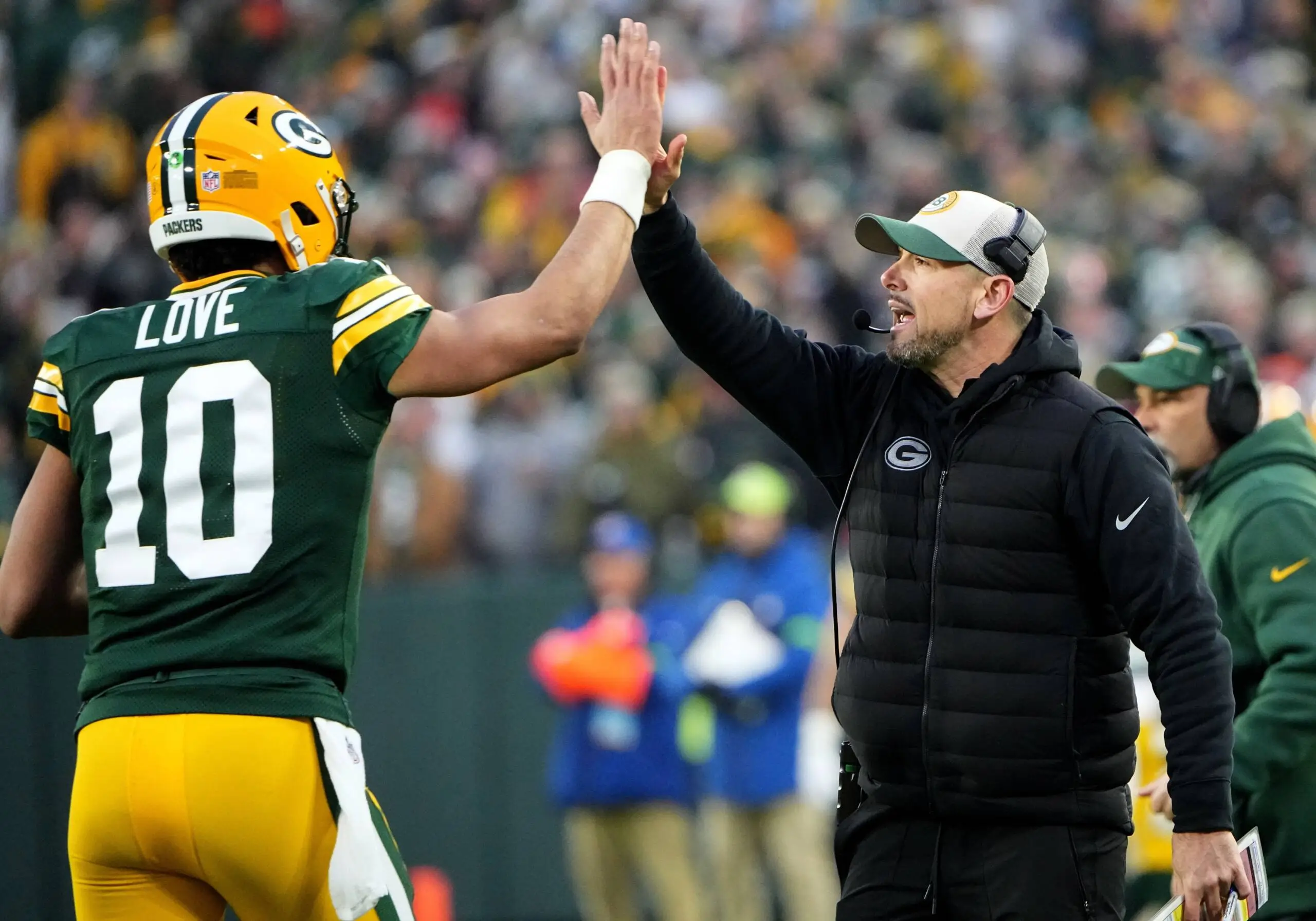
**Navigating Professional Disputes: The Case of a Head Coach and Team Dynamics**
In professional sports, the dynamics between a head coach and their team can often be complex and fraught with challenges. Disputes in this arena are not uncommon and can arise from a variety of sources including tactical disagreements, personality clashes, or misalignment of goals. This article explores the intricacies of professional disputes in sports, using the case study of a head coach and their team to illustrate how such conflicts can be navigated effectively.
**The Role of the Head Coach**
The head coach is pivotal in shaping a team’s performance and culture. They are responsible for developing game strategies, making tactical decisions, and fostering team cohesion. Their authority is typically broad, encompassing decisions on player selection, game plans, and training regimens. However, this level of control also means that when conflicts arise, they can have significant repercussions for the entire team.
**Origins of Disputes**
Disputes between a head coach and their team can stem from various sources:
1. **Tactical Disagreements**: One of the most common sources of conflict is differing views on game strategies or tactics. For instance, a coach may prefer a defensive approach while players may be inclined towards a more aggressive style. Such disagreements can lead to frustration and diminished morale if not addressed effectively.
2. **Personality Clashes**: Personal differences between the coach and players or among players themselves can exacerbate conflicts. For example, a coach’s authoritative style may clash with players who prefer a more collaborative approach, leading to tension and reduced team cohesion.
3. **Goal Misalignment**: When the objectives of the coach and the players diverge, conflicts can arise. A coach might prioritize short-term success and focus on winning immediate games, while players might be more concerned with long-term career development and personal growth.
4. **Communication Breakdown**: Effective communication is essential for resolving disputes. Misunderstandings or lack of clear communication can lead to confusion and exacerbate conflicts. For instance, if a coach fails to clearly articulate the reasons behind strategic decisions, players may feel undervalued or misunderstood.
**Case Study: A Hypothetical Conflict**
To better understand how to navigate these disputes, let’s consider a hypothetical case involving a professional basketball team and their head coach.
**Background**
The team has recently experienced a series of losses, leading to increased tension within the squad. The head coach, who emphasizes a defensive game strategy, has been criticized by players for being too rigid and not adapting to the opponents’ tactics. The players, on the other hand, feel that a more dynamic and flexible approach could turn the season around.
**Conflict Emergence**
The conflict begins to surface during team meetings and practice sessions. The coach’s insistence on maintaining a defensive strategy clashes with the players’ desire for a more aggressive offensive game. This tension is further exacerbated by a communication breakdown, as the coach’s rationale for the defensive strategy is not adequately explained to the players.
**Resolution Strategies**
**1. Open Dialogue**
The first step in resolving the conflict is to establish open communication channels. The coach should initiate a series of meetings with the team to address their concerns. These meetings should be structured to allow players to voice their opinions and suggestions without fear of retribution. By actively listening to their feedback, the coach can gain insight into the players’ perspectives and begin to address their concerns.
**2. Collaborative Decision-Making**
Once the issues have been identified, a collaborative approach to decision-making can be beneficial. The coach and players should work together to develop a game plan that incorporates elements of both defensive and offensive strategies. This approach not only demonstrates respect for the players’ input but also fosters a sense of shared ownership of the team’s performance.
**3. Clarify Objectives**
It is essential to realign the team’s objectives. The coach should clearly communicate the long-term vision for the team and how the current strategy aligns with these goals. By providing context for their decisions, the coach can help players understand the rationale behind the strategy and reduce feelings of frustration.
**4. Seek External Mediation**
In some cases, bringing in an external mediator or consultant can help facilitate resolution. A neutral third party can provide an unbiased perspective and offer strategies for improving team dynamics. This can be particularly useful when internal communication has broken down.
**5. Implement Training and Development**
To address underlying issues, the team might benefit from additional training and development focused on improving communication and conflict resolution skills. Workshops or team-building exercises can help enhance mutual understanding and cooperation among team members.
**6. Monitor and Adapt**
After implementing the agreed-upon strategies, it is crucial to monitor the team’s progress and be willing to adapt as necessary. Regular follow-up meetings can help assess the effectiveness of the resolutions and make any needed adjustments. This ongoing process ensures that the team remains aligned and continues to work towards their common goals.
**Outcome and Reflection**
In our hypothetical case, the resolution process involves a series of meetings where the coach and players discuss their respective viewpoints and collaboratively develop a revised game plan. The coach provides a clearer explanation of the defensive strategy and agrees to incorporate more offensive elements into the game plan. The players, in turn, commit to executing the revised strategy with greater enthusiasm.
The outcome is a more cohesive team that is better aligned in terms of objectives and strategy. While the initial conflict caused significant tension, the resolution process strengthens the team’s overall performance and morale.
**Conclusion**
Navigating professional disputes, particularly those involving a head coach and team dynamics, requires a thoughtful and structured approach. By fostering open communication, embracing collaborative decision-making, and realigning objectives, conflicts can be addressed effectively, leading to improved team cohesion and performance. The hypothetical case study illustrates that while disputes can be challenging, they also present opportunities for growth and improvement when managed with care and professionalism.



Be the first to comment